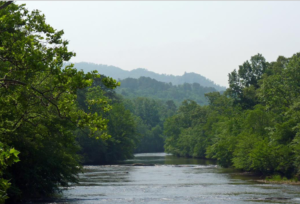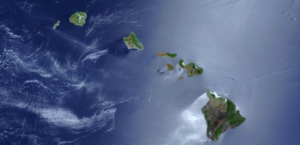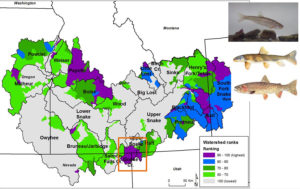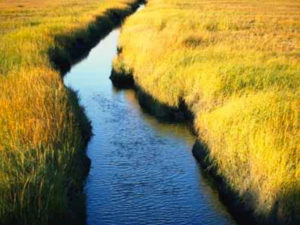
Conservation of fish and wildlife resources in the 21 century must overcome at least two major hurdles. The first is the mismatch between species ranges and administrative boundaries. Landscape Conservation Cooperatives (LCCs) help overcome this obstacle by bringing together federal and state agencies with non-governmental organizations to address conservation problems at population-relevant scales. The second […]




